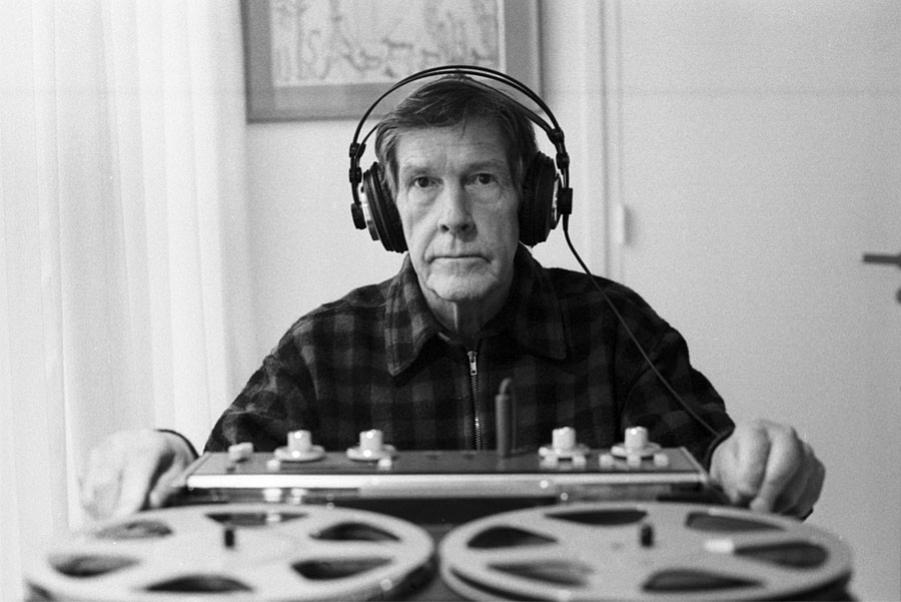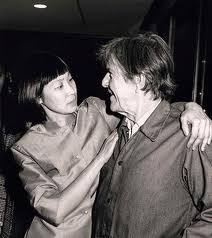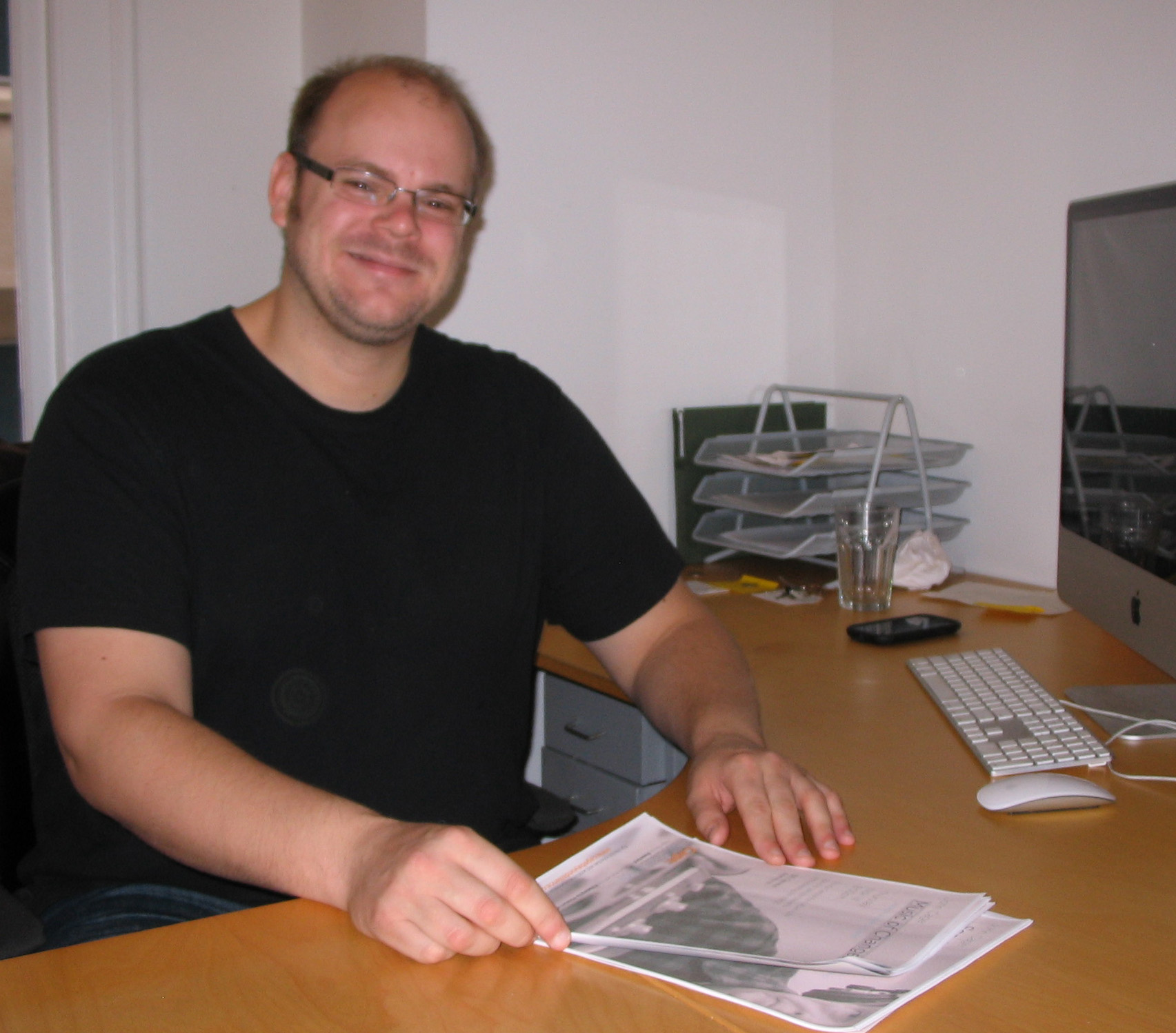Pianist Margaret Leng Tan and Producer Dustin Hurt on the Legacy of John Cage.
Hear the Echoes Podcast about John Cage.
There are icons of modern music and then there are gods. John Cage was a god. Few composers have turned music on its head the way Cage did with compositions like “4’33”, his silent piece, his music for prepared piano and compositions that employed electronics long before synthesizers. John Cage would probably blanche or laugh that infectious laugh at being called a god. He died in 1992, but on the centenary of his birth, people are looking back at his influence. Among them is a festival called Cage: Beyond Silence and pianist Margaret Leng Tan.
“Cage’s legacy is huge,” claims Leng Tan. “You wouldn’t have heavy metal, you know, white noise passing for music, if it wasn’t for Cage and his broadening of the definition of music to include silence and noise. Cage made all this possible.”
“I think the thing that he certainly did was open up the music world to sounds that were previously considered unmusical sounds of ambient sounds,” concurs Dustin Hurt. “Even if you’re not a fan of Cage’s music, the way in which this sort of permeates music today, the use of all sorts of sounds of the everyday world is pretty profound.”
Dustin Hurt is the director of the Philadelphia experimental music promoter Bowerbird and the director of a 3 month John Cage festival called, Cage: Beyond Silence. Wearing glasses and black t-shirt, he occupies a small corner of an anonymous loft office space in center city Philadelphia. Hurt was only twelve years old when Cage died. His introduction to the composer was like many, a piece called “4’33”.” It’s the iconic Cage work where a musician, often a pianist, and sits for 4’33 seconds of silence. If people know one piece by John Cage, it’s this one.
“I think it does have the unfortunate quality of overshadowing his output and definitely I think supports a lot of the mad scientist or prankster even conclusions people have of him,’ confesses Hurt.
But Cage’s composition wasn’t a joke. Margaret Leng Tan has been a leading interpreter of Cage since she met him in 1981. Now in her late 60s, she’s is a delicate, slender woman, wearing a blue Chinese tunic with her signature black page boy haircut. She says that Cage was articulating concepts of silence, sound and music.
“John Cage said there is no such thing as an absolute silence,” she explains. “There is always something to see, something to hear…try as we may to make silence, we cannot, sounds occur whether intended or not.”
Leng Tan played “4’33” at the inaugural performance of Cage: Beyond Silence.
“It was in the grand stair hall of the Philadelphia Museum of Art,” she says. “They’re serving drinks while we play, and food, you know, it’s a very informal setting. And someone in the bar I think broke a glass or something, it was wonderful, it just shattered. So that was marvelous. You know, there was all this ambient noise and most performances of 4’33 taking place in concert halls are rather boring. All you hear is the hum of the air conditioner and occasional cough, you know, but this was wonderful.
She even told people to leave their cell phones on.
The Cage: Beyond Silence Festival continues thru January 2013
You can hear more about John Cage, including his compositions for chance operations and prepared piano in the podcast of our interview with Margaret Leng Tan and Dustin Hurt.
~© 2012 John Diliberto ((( echoes )))



